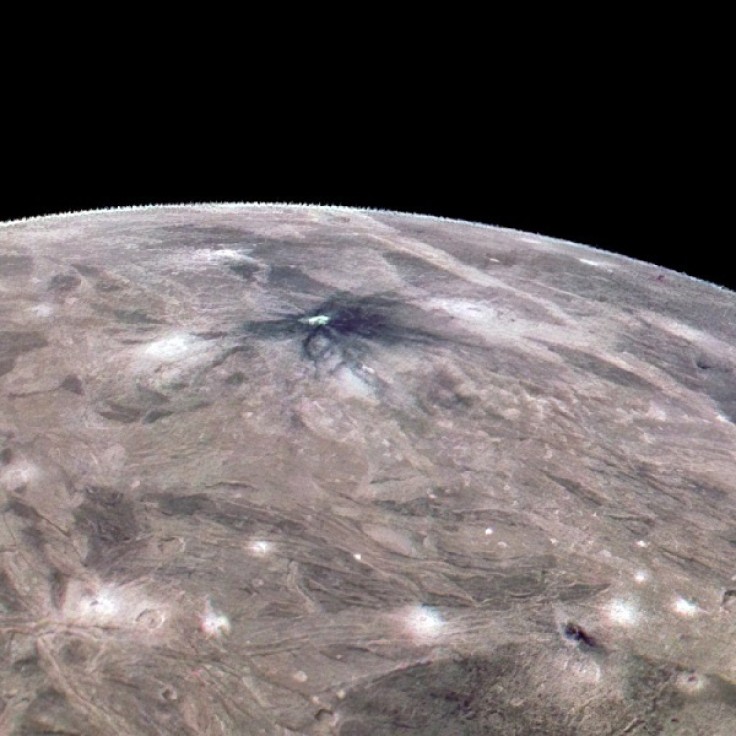
New photos of the Jupiter moon, Ganymede, reveal an interesting "dark crater" on its surface. The images were rendered from the data captured by NASA's Juno spacecraft.
Sometime Monday, Feb 14, NASA shared photos about a "striking crater on Jupiter's Moon." The image showcased a small black spot that stood out from the Moon's white-brown surface.
There's a lot of love floating around in space on this #ValentinesDay, but what has us over the moon(s) right now are these views of Ganymede and Jupiter from the #JunoMission. 😍 https://t.co/IESLs5Bxw8 pic.twitter.com/y9Xljwcgnq
— NASA Solar System (@NASASolarSystem) February 14, 2022
Aside from the discovery, NASA also shared a striking photo of a backlit Jupiter. Note, however, that this image was rendered from seven other photos taken by Juno on its 39th close pass. Kevin M. Gill processed the final photo.
The Dark Spot on Jupiter's Ganymede
Sources from Space explain that the photo of Ganymede's dark spat was actually captured in June 2021. This happened when the probe flew approximately 650 miles (1,046 kilometers) above Ganymede's surface.
On closer analysis, the image revealed a huge crater roughly 9 miles (15 kilometers) across. This discovery stood out from other craters because of the dark surface surrounding the point. Astronomers eventually gave this large crater the name: Kittu.
Researchers speculate this dark material might have been generated when a small asteroid crashed on the surface. They pointed out that "most of Ganymede's craters have bright rays extending from the impact scar, but about one percent of the craters have dark rays."
Researchers further elaborated that "as time passes, the rays stay dark because they are a bit warmer than the surroundings, so ice is driven off to condense on nearby colder, brighter terrain."
Taking all of this into consideration, the dark scar on Ganymede's might continue to stay on the same color for the years to come.
Read Also: James Webb Space Telescope Capture Its First Star 18 Times Over Using Its Near Infrared Camera
Juno Spacecraft: The NASA Jupiter Space Probe
It should be emphasized that Jupiter features a radiation-filled environment which makes it hard for any spacecraft to capture photos in the area. This means Juno, the NASA Jupiter Space Probe, is an essential gadget for studying the planet.
Fortunately, this spacecraft is fully equipped with the right instruments and components to get the job done.
According to NASA, the data mentioned on this latest discovery was taken from the JunoCam camera. Note that citizen scientist Thomas Thomopoulos still had to enhanced-color the images so they would appear more evidently to the fans.
Virgin Galactic Invites 1000 People
On a different topic, some space fans might be interested in the ticket sales for Virgin Galactic. Note that this is a unique flight that will take passengers to the edge of space and back for a quick zero-gravity experience.
Be warned that Virgin Galactic spaceflight tickets cost $450,000. Interested fans should pay at least $150,000 for their deposit and the other $300,000 before the flight to secure their seats. Note that passengers also need to complete an online application which is found on the company's website.
Full details for this spaceflight are found in this article.
Related Article: An Astronomer Discovers That A Space Junk Will Crash Into The Moon, Is SpaceX Rocket To Blame?









